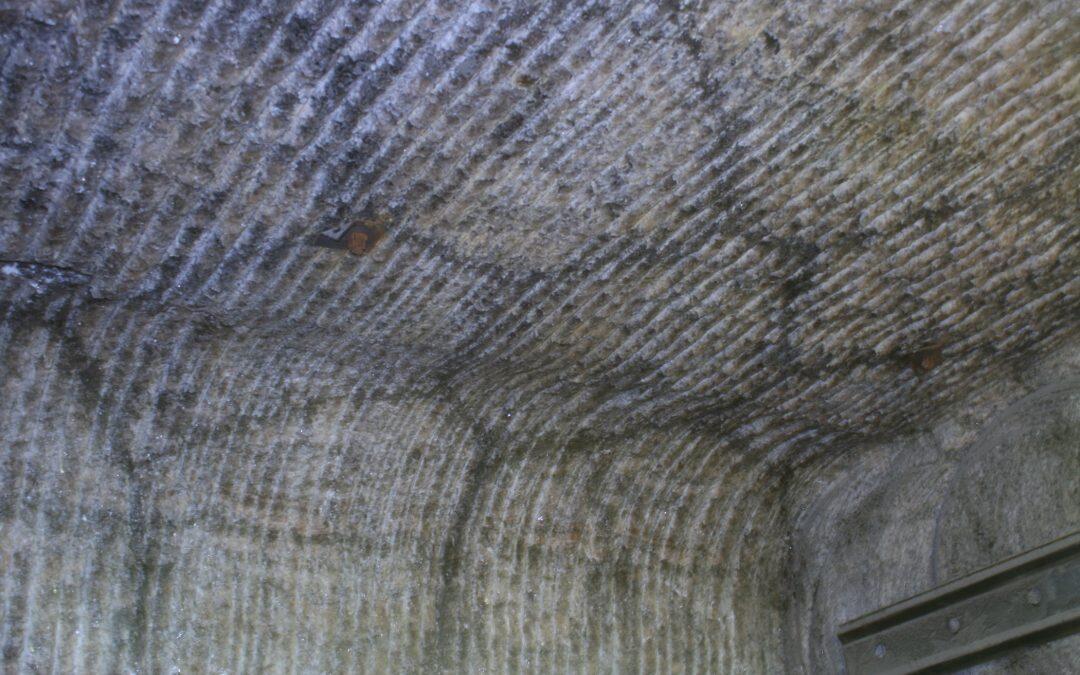Throughout the years, scientists have been finding new objects beneath Earth’s surface, through numerous studies. Recently, a group of scientists has delved more than a half-mile (1.1 kilometers) beneath the Earth’s surface to study nearby environments that resemble those of Mars.
Astrobiologists with Mars Analogues for Space Exploration (MASE), a program that is funded by the European Science Foundation, have been studying the underground environment of England’s Boulby Mine — a place that appears to bear some similarities to Mars, for the last four years.
Scientists will know more where to look for life on Mars, through analyzing salty features on the walls of the mine. They will also know how to explore the Martian environment when humans eventually get there, Charles Cockell, scientific coordinator of the MASE program, told Space.com.
The MASE researchers have collected multiple samples from deep inside the mine and will be analyzing the samples for signatures of life over the course of the next two or three months.
“The main thing is they [Mars and the Boulby Mine] are similar environments, and what we are really trying to do is understand as much as we can about Mars by looking at these types of environments on Earth,” Cockell said. “[The Boulby Mine] is one of the best environments we have to do these kinds of comparisons.”
Since we mentioned this study, we cannot but mention that NASA, in partnership with Space Center Houston, the Official Visitor Center of NASA Johnson Space Center, and NineSigma, a global innovation consultant organization, has opened registration for a new competition — the Space Robotics Challenge. This event seeks to develop the capabilities of humanoid robots to help astronauts on the journey to Mars.
NASA’s Centennial Challenges program is part of the agency’s Space Technology Mission Directorate, and is managed at NASA’s Marshall Space Flight Center in Huntsville, Alabama. STMD uses challenges to gather the best and brightest minds in academia, industry, government and the Nation to drive innovation and enable solutions in important technology focus areas. Innovators from diverse backgrounds, within and outside of the aerospace industry, are invited to be contributors to our Journey to Mars.











